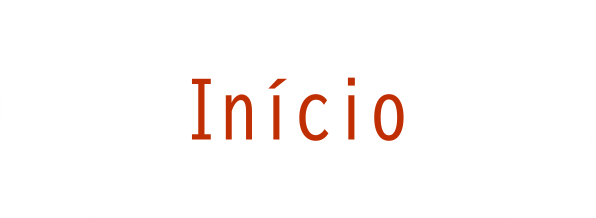Correlation of phylogenetic clade diversification and in vitro infectivity differences among Cosmopolitan genotype strains of Chikungunya virus
Autor(es): Abraham Rachy, Manakkadan Anoop, Mudaliar Prashant, Joseph Iype, Sivakumar Krishnankutty Chandrika, Nair Radhakrishnan Reghunathan, Sreekumar Easwaran
Resumo: Cosmopolitan genotypes of Chikungunya virus caused the large-scale febrile disease outbreaks in the last decade in Asian - African continents. Molecular analyses of these strains had revealed significant genetic diversification - occurrence of novel mosquito-adaptive mutations. In the present study we looked into whether the genetic diversification has implications in the infectivity phenotype. A detailed sequence - phylogenetic analyses of these virus strains of Indian Ocean lineage from Kerala, South India from the years 2008 to 2013 identified three distinct genetic clades (I, II - III), which had presence of clade-specific amino acid changes. The E2 envelope protein of the strains from the years 2012 to 2013 had a K252Q or a novel K252H change. This site is reported to affect mosquito cell infectivity. Most of these strains also had the E2 G82R mutation, a mutation previously identified to increase mammalian cell infectivity, - a novel mutation E2 N72S. Positive selection was identified in four sites in the envelope proteins (E1 K211E, A226V - V291I; E2 K252Q/H). In infectivity analysis, we found that strains from clade III had enhanced cytopathogenicity in HEK293 - Vero cells than by strains representing other two clades. These two strains formed smaller sized plaques - had distinctly higher viral protein expression, infectious virus production - apoptosis induction in HEK293 cells. They had novel mutations R171Q in the nsP1; I539S in nsP2; N409T in nsP3; - N72S in E2. Our study identifies a correlation between phylogenetic clade diversification - differences in mammalian cell infectivity phenotype among Cosmopolitan genotype CHIKV strains.
Palavras-Chave: Bayesian analysis; Chikungunya; Infection kinetics; Mammalian cell
Imprenta: Infection, Genetics and Evolution, v. 37, p. 174-184, 2016
Identificador do Objeto Digital: 10.1016/j.meegid.2015.11.019
Descritores: Chikungunya virus - Cell ; Chikungunya virus - Proteins ; Chikungunya Virus - Virus
Data de Publicação: 2016








